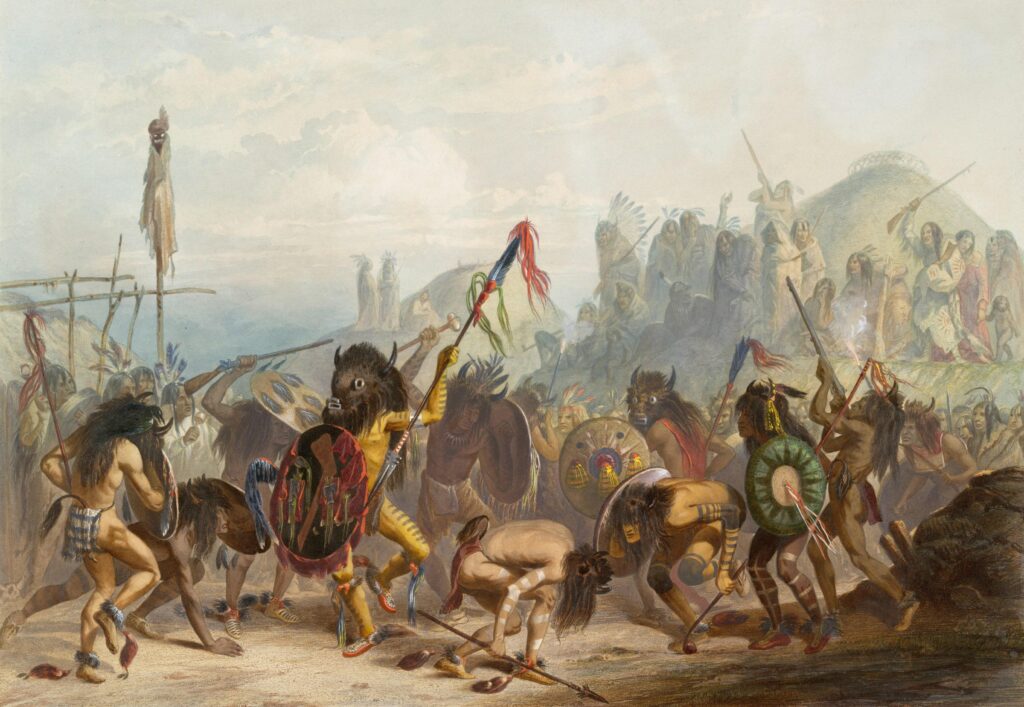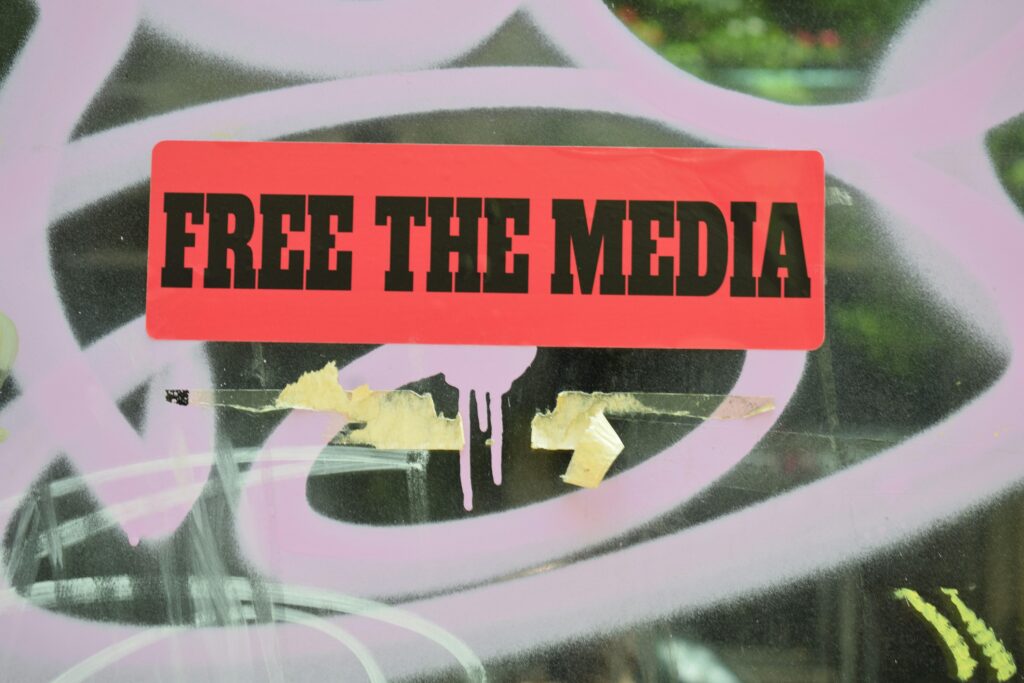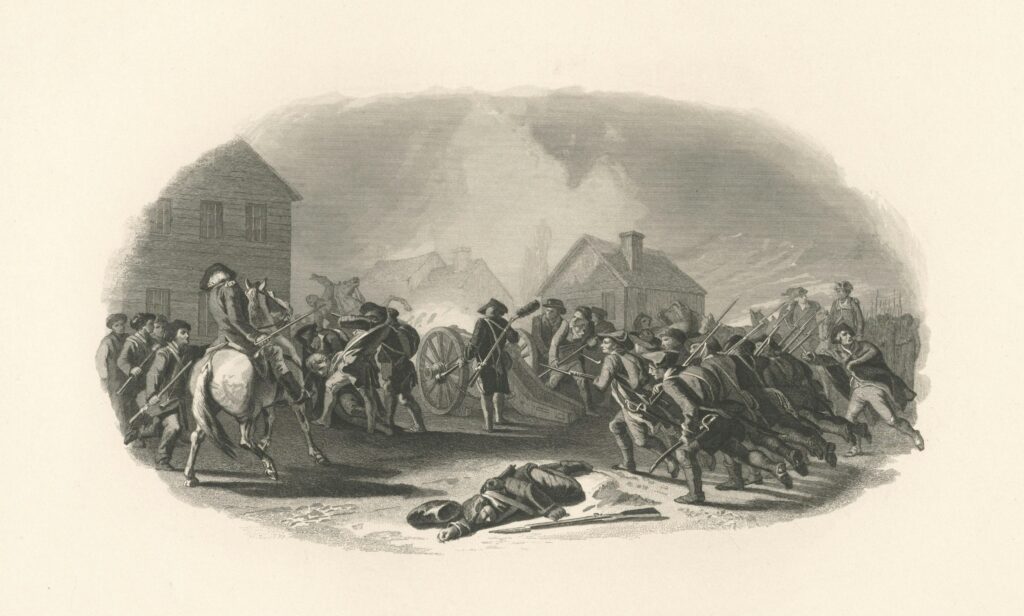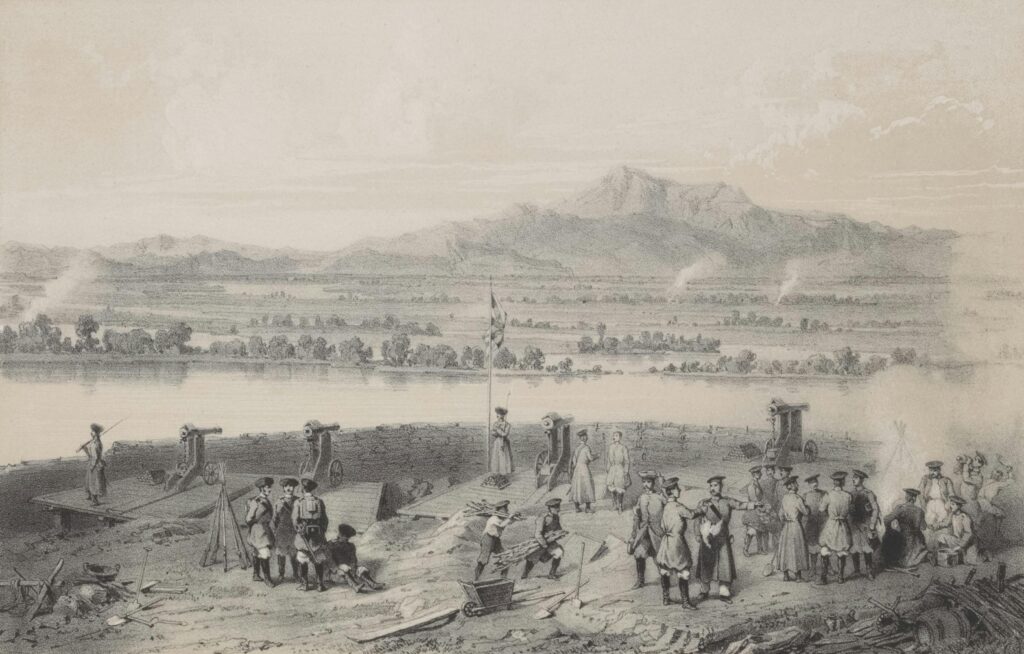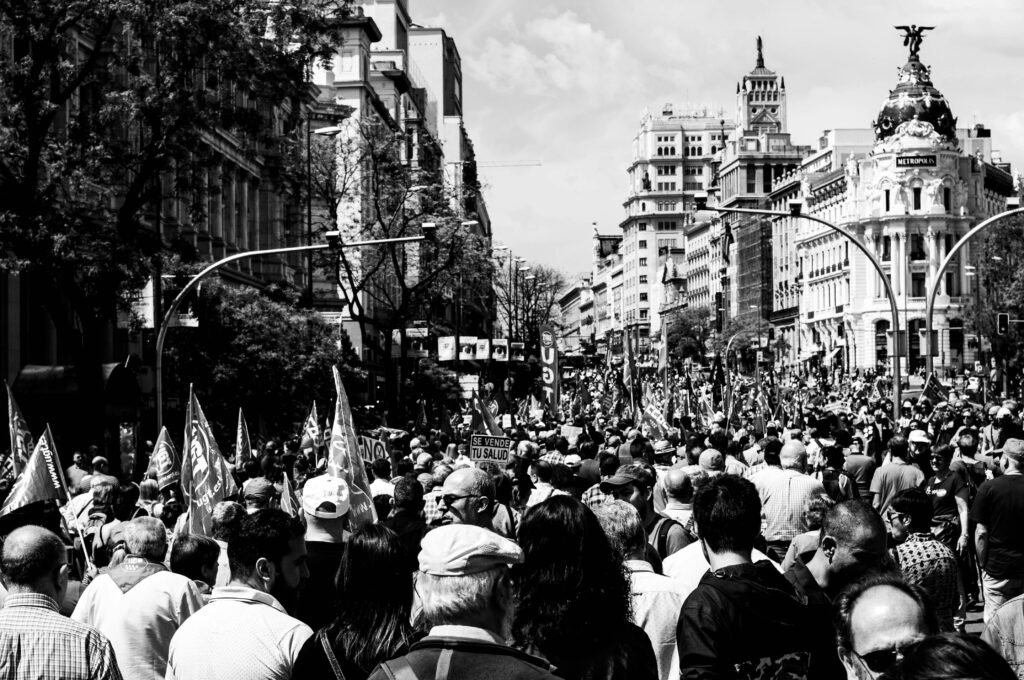The evolution of body armor represents a critical intersection of materials science, engineering, and battlefield exigencies. From the interlinked metal rings of medieval chainmail to the advanced synthetic fibers of contemporary Kevlar composites, protective wear has undergone profound transformations driven by the demand for enhanced durability, flexibility, and ballistic resistance. This article provides a comprehensive technical overview of the advancements in body armor technology, analyzing material innovations, design improvements, and their impact on functionality and user survivability. By tracing the historical progression and exploring current developments, we aim to underscore the ongoing challenges and future directions in armor systems vital to military, law enforcement, and security applications.
Table of Contents
- Historical Evolution of Body Armor Materials and Design
- Comparative Analysis of Protective Performance Across Eras
- Technological Innovations Driving Modern Body Armor Efficiency
- Recommendations for Integrating Advanced Materials into Future Armor Systems
- Closing Remarks
Historical Evolution of Body Armor Materials and Design
The journey of body armor materials and design is a testament to human ingenuity in the face of evolving warfare challenges. Early civilizations relied heavily on chainmail, composed of interlinked metal rings, which provided flexible protection against slashing weapons. As combat tactics advanced, plate armor emerged in medieval Europe, offering enhanced defense through rigid steel plates meticulously forged and articulated to cover vital areas without sacrificing mobility. In parallel, Eastern cultures experimented with layered materials such as lacquered leather and hardened textiles, emphasizing both protection and lightweight usability. These developments highlighted the constant balance between durability and mobility, a principle that remains central to armor design today.
The transition into the modern era saw revolutionary breakthroughs with the introduction of synthetic fibers and composite materials. Kevlar, developed in the 1960s, transformed body armor by providing a lightweight yet highly resilient alternative to traditional metals. Its ability to absorb and disperse kinetic energy from ballistic impacts marked a paradigm shift in personal protection. Contemporary designs now incorporate:
- Ultra-high-molecular-weight polyethylene (UHMWPE) for outstanding strength-to-weight ratios
- Ceramic plates capable of defeating high-velocity projectiles
- Advanced textile layering to optimize flexibility and trauma reduction
As body armor materials continue to evolve, the integration of nanotechnology and smart fabrics promises an era where protection dynamically adapts to threats, pushing the boundaries of what was once thought possible.
Comparative Analysis of Protective Performance Across Eras
Throughout history, body armor has evolved significantly, reflecting not only the changing nature of threats faced by warriors but also advancements in material science and engineering. Early iterations such as chainmail offered remarkable flexibility and moderate protection against slashing weapons, yet they fell short against piercing projectiles like arrows or early firearms. The inherent limitation of chainmail lay in its dependence on interlinked metal rings, which, while distributing impact force, lacked the ability to absorb or dissipate trauma effectively. In contrast, modern armor systems, particularly those utilizing Kevlar fibers, combine high tensile strength with lightweight design, enabling enhanced ballistic resistance and blunt force absorption without sacrificing mobility.
When comparing performance metrics across eras, it is important to consider several dimensions of protective capacity:
- Impact resistance: Medieval armor employed rigid metal plates or mail, which transmitted substantial force to the wearer’s body, whereas contemporary materials integrate energy-dispersing layers reducing blunt trauma.
- Weight and maneuverability: The heavy and cumbersome nature of chainmail limited soldier endurance, while modern composites are engineered for optimized strength-to-weight ratios, facilitating prolonged operational effectiveness.
- Environmental durability: Traditional metal armors were susceptible to corrosion and degradation, whereas synthetic materials exhibit superior resistance to moisture, temperature extremes, and chemical exposure.
The integration of nanotechnology and advanced polymers continues to push the boundaries of protective performance beyond what was historically conceivable, marking a paradigm shift from rigid defense to adaptive, multifunctional armor systems.
Technological Innovations Driving Modern Body Armor Efficiency
Modern body armor efficiency has been significantly enhanced by key technological innovations that prioritize both protection and wearer mobility. The integration of advanced materials such as ultra-high-molecular-weight polyethylene (UHMWPE) and graphene composites has revolutionized ballistic resistance, offering superior strength-to-weight ratios compared to traditional fabrics. Additionally, the development of nano-engineered fibers allows for enhanced energy dispersion upon impact, thereby reducing blunt force trauma. Contemporary armor systems leverage multi-layered designs that incorporate materials with complementary properties — rigid ceramics to shatter projectiles and flexible polymers to absorb and dissipate energy — resulting in unprecedented performance against a variety of ballistic threats.
Beyond materials science, modern manufacturing techniques like 3D weaving and additive manufacturing (3D printing) enable the creation of complex, lightweight armor geometries that conform ergonomically to the human body. Sensors embedded within armor plates contribute to the evolution of smart protective gear, implementing real-time monitoring capabilities for impact detection and situational awareness. Key innovations include:
- Integration of bio-compatible armor layers for extended wearability
- Use of shear-thickening fluids that harden instantly under stress
- Advanced ballistic ceramic formulation for enhanced multi-hit resilience
- Modular armor panels offering customizable threat protection
These technological strides ensure modern body armor not only meets stringent defense standards but also significantly improves soldier endurance and tactical maneuverability on mission-critical operations.
Recommendations for Integrating Advanced Materials into Future Armor Systems
To maximize the potential of next-generation armor, it is imperative to adopt a multidisciplinary approach that leverages the unique properties of emerging materials such as graphene, ultra-high molecular weight polyethylene (UHMWPE), and nanostructured ceramics. These materials offer exceptional strength-to-weight ratios and energy absorption capabilities, but their true value lies in strategic hybridization. Engineers should focus on designing composite systems that integrate flexible layers of advanced fibers with rigid ceramic plates to create optimized protection against a spectrum of ballistic and blunt force threats. Additionally, material interfaces must be engineered at the microstructural level to ensure seamless load transfer and mitigate delamination under high-impact conditions.
Key strategies for effective integration include:
- Implementing scalable manufacturing techniques such as additive manufacturing and layer-by-layer assembly to maintain consistent material performance and customization capability.
- Incorporating sensors and smart materials to enable real-time status monitoring and adaptive response within armor systems for enhanced survivability.
- Performing rigorous environmental and lifecycle testing to validate durability across diverse operational scenarios including extreme temperatures and prolonged wear.
- Collaborating with materials scientists, ballistic engineers, and end-users to align armor development with evolving threat landscapes and ergonomic requirements.
Closing Remarks
In conclusion, the evolution of body armor—from the interlinked rings of medieval chainmail to the advanced synthetic fibers of contemporary Kevlar—reflects a continuous pursuit of enhanced protection, mobility, and durability. Each technological breakthrough has been driven by the demands of changing combat environments and the imperative to safeguard human life more effectively. Modern advancements now incorporate not only materials science but also ergonomic design and integration with digital systems, positioning body armor at the forefront of personal protective equipment innovation. As research progresses, future developments will likely focus on optimizing weight-to-protection ratios and adaptability to emerging threats, ensuring that body armor remains a critical asset for military and law enforcement personnel worldwide.



